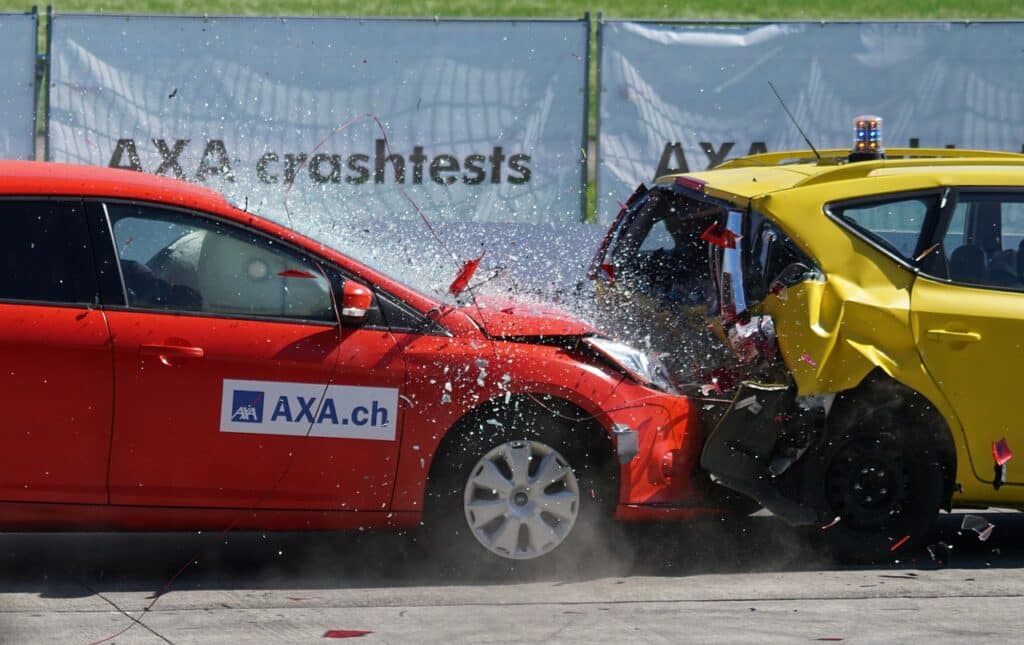In the ever-evolving field of automotive engineering, safety remains a concern for manufacturers and consumers. Engineers are tasked with developing vehicles that perform well and protect occupants in the event of an accident. Zekai Akbay stands at the forefront of this challenge, exploring groundbreaking innovations in crashworthiness and occupant protection. His work exemplifies the crucial intersection of technology and safety, paving the way for safer driving experiences and setting new standards within the industry.

Understanding Crashworthiness
Crashworthiness is a vehicle that can protect its occupants during an impact, highlighting the importance of design and material choices in enhancing safety. This concept encompasses various factors, including the vehicle’s structural integrity, the effectiveness of safety features, and the overall geometrical design that absorbs energy during a crash. By analyzing crashworthiness, engineers aim to minimize injury risk and maximize survival rates in collisions. Continuous advancements in materials technology and engineering practices have led to innovation in creating safer vehicles, ultimately reducing fatalities and severe injuries in automotive accidents.
Innovations in Materials and Design
Innovations in materials and design play a crucial role in enhancing vehicle safety and crashworthiness. Engineers are increasingly using advanced high-strength steels and lightweight materials to create structures that not only withstand greater forces during impacts but also reduce the weight of vehicles, improving fuel efficiency. Integrating technologies such as energy-absorbing crumple zones and adaptive safety systems protects occupants during crashes.
Occupant Protection Technologies
Occupant protection technologies are vital to modern vehicle design to safeguard passengers during a collision. These innovations include advanced airbag systems that deploy in varying configurations based on the severity and type of impact, providing optimal protection for both front and side occupants. Zekai Akbay emphasizes the significance of integrating smart technologies, such as crash detection sensors and automatic braking systems, which enhance occupant safety and prevent accidents before they occur. As the automotive industry evolves, the continuous development of these technologies remains critical in further reducing injuries and fatalities on the road.
Crash Testing and Regulations
Crash testing and regulations are fundamental to ensuring vehicle safety and compliance with safety standards. Various testing protocols simulate real-world crash scenarios, evaluating how well vehicles protect occupants during collisions. National Highway Traffic Safety Administration (NHTSA) and the Insurance Institute for Highway Safety (IIHS) conduct rigorous tests assessing various crashworthiness aspects, including frontal, side, and rollover impacts. These tests provide comparative ratings that inform consumers about the safety of different vehicles while driving manufacturers to enhance their designs in response to performance outcomes. Strict regulatory frameworks guide the development and implementation of safety standards, promoting accountability and continuous improvement within the automotive industry to deliver safer vehicles on the roads.
The Role of Data and Analytics
Data and analytics are increasingly pivotal in shaping the future of vehicle safety and crashworthiness. Engineers can identify patterns and insights that inform design improvements by leveraging vast data from crash tests, real-world accident reports, and driver behavior analyses. Advanced analytics technologies enable manufacturers to predict potential safety issues and evaluate the effectiveness of new occupant protection features before production. Additionally, data-driven simulations efficiently test various design scenarios, helping engineers refine safety measures and optimize vehicle performance. This integration of data and analytics fosters innovation and ensures a proactive approach to enhancing safety standards in the automotive industry.
Final Thoughts
The relentless pursuit of crashworthiness and occupant protection advancements is essential for fostering a safer driving environment. By embracing innovative materials, technologies, and data-driven insights, the automotive industry can significantly reduce the risk of injuries and fatalities. Zekai Akbay’s commitment to exploring these innovations reflects a broader movement towards prioritizing safety in vehicle design, ultimately enhancing the well-being of occupants in the face of unforeseen circumstances. As this field continues to evolve, ongoing collaboration between engineers, manufacturers, and regulatory bodies will ensure that safety remains at the forefront of automotive engineering.




Latest Comments